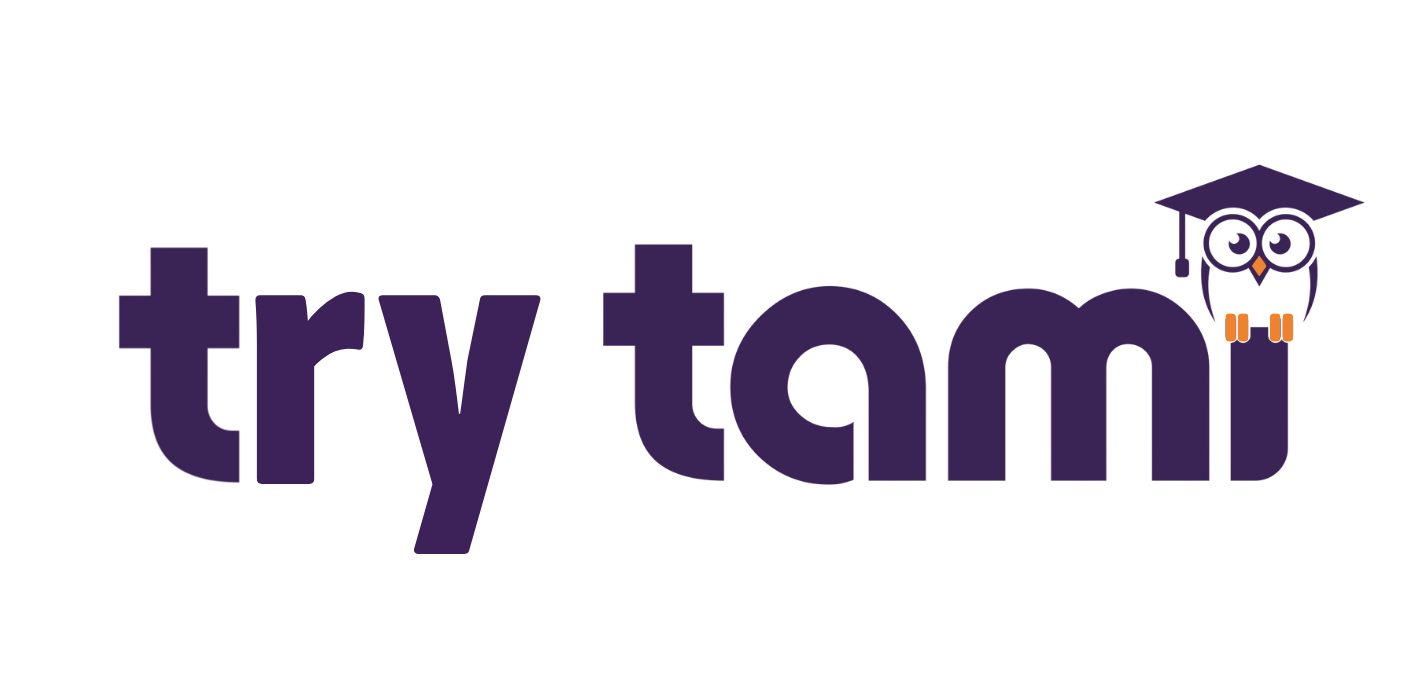👋 Welcome to Tami’s newsletter, where we explore the latest trends in AI and technology every Tuesday.
In this week’s newsletter, we’ll discuss:
How do I learn AI?
A roadmap to learn AI as a software developer.
How to use AI in real development projects.
Should you use Claude Code or Copilot?
Choosing the right AI training.
Your next steps to learn AI.
How do I learn AI?
If you’re a software developer today, you’ve probably asked yourself some version of these questions:
How do I learn AI?
Will I get replaced by AI?
How do I use AI tools like Claude Code or Copilot?
What’s the best way to pick an AI training class that’s worth it?
Most developers know that AI is transforming software, but they aren’t sure where to start.
The good news is you don’t need a PhD in machine learning to learn AI. With the right approach, you can move from curious to confident quickly. This guide breaks down how to understand and use AI effectively as a developer in 2025.
How to Learn AI as a Software Developer
“Learning AI” doesn’t mean being the next $100M AI expert. It means building the skills to apply artificial intelligence in real projects. For developers, the journey typically begins with Python. It serves as the backbone of many modern AI frameworks, including TensorFlow, PyTorch, and Hugging Face.
Here’s a practical roadmap:
Strengthen your Python foundations: Make sure you’re comfortable with data structures, object-oriented programming, and packages like NumPy and Pandas.
Take a structured AI course: Look for an artificial intelligence course or AI training program that emphasizes hands-on projects. The best AI courses don’t just lecture; they guide you through building models, deploying them, and debugging them.
Apply AI in small projects: Start with something small like a chatbot using an open-source LLM or a recommendation system for a side project.
Join developer communities: GitHub repos and Stack Overflow provide real-world exposure and peer support.
How to Use AI in Real Development Work
How do you use AI once you’ve got the basics down?
For software developers, AI is mostly about developer productivity. Here are practical use cases that are already working inside engineering teams:
Code generation and completion: Tools like GitHub Copilot and Claude Code can suggest boilerplate, write SQL queries, or even draft complex functions.
Bug detection and refactoring: AI models spot patterns in code that humans might overlook, from inefficient loops to potential security flaws.
Rapid prototyping: AI can help you spin up wireframes, mock APIs, or even design data schemas in a fraction of the time.
Test automation: Developers are using AI to generate unit tests and integration test scaffolding — speeding up coverage with minimal manual effort.
We’re confident that AI won’t replace developers. It will make them more productive.
How to Use Claude Code vs. Copilot
Two of the most popular tools for developers right now are Claude Code and GitHub Copilot. Below is a comparison:
Task | Claude Code | GitHub Copilot |
|---|---|---|
Context-rich code explanation | ✅ Best for breaking down large files or explaining complex logic | ❌ Limited |
In-editor autocomplete | ⚪ Good but slower | ✅ Excellent, real-time |
Multi-step reasoning (e.g., architecture planning) | ✅ Strong | ⚪ Moderate |
Boilerplate generation | ⚪ Adequate | ✅ Great |
Debugging with rationale | ✅ Provides explanations | ⚪ More trial-and-error |
Use Claude Code when you need depth, such as when asking, “Explain this function and suggest optimizations.”
Use Copilot for speed, like generating a new service handler or scaffolding React components.
Pro tip: Always review AI-generated code. Pair it with tests and code reviews to ensure quality.
Choosing The Right AI Training
Investing in the right training pays off. But with so many AI courses and artificial intelligence training programs out there, it’s easy to get lost.
Here are four criteria to help you evaluate:
Hands-on coding focus: Skip programs that are theory-heavy but leave you with nothing to build. Look for projects that tie into real-world developer tasks.
Up-to-date frameworks: Make sure the curriculum includes modern tools (Hugging Face, LangChain, PyTorch Lightning) rather than just legacy ML libraries.
Alignment with your stack: If your team builds in Python and React, choose a course that covers integrating AI into those environments.
Pathway to production: Training should cover not just model-building but also deployment, scaling, and monitoring.
For engineering leaders, sponsoring developer AI training is more than upskilling. It’s a retention strategy. Developers want career growth, and access to continuous AI courses signals that you’re investing in their future.
Your Next Steps to Learn AI
AI isn’t the future, it’s the present.
The question isn’t if you’ll integrate it into your workflow, but how quickly.
Here’s a challenge for this week:
Discuss AI training with your manager.
Try testing Copilot for boilerplate generation.
Use Claude Code to refactor one function in your repo.
If you’re ready to accelerate your team’s journey, Tami helps engineering leaders close AI skills gaps faster with customized, expert-led training. We want to help you build smarter, faster, and with AI at your side.
Thank you for reading!


